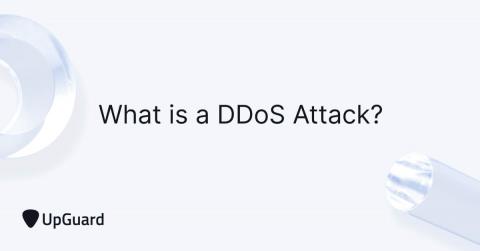Detectify Research Team releases Ugly Duckling, a web scanner for hackers
STOCKHOLM, SWEDEN – the Detectify Security Research team announced the general availability of Ugly Duckling, a stand-alone application security tool specifically tailored for ethical hackers to make it easier for them to share their latest findings. This new open-source scanner was developed with the Detectify Crowdsource community hackers in mind, and it is available for any security enthusiasts to tinker with as well.










